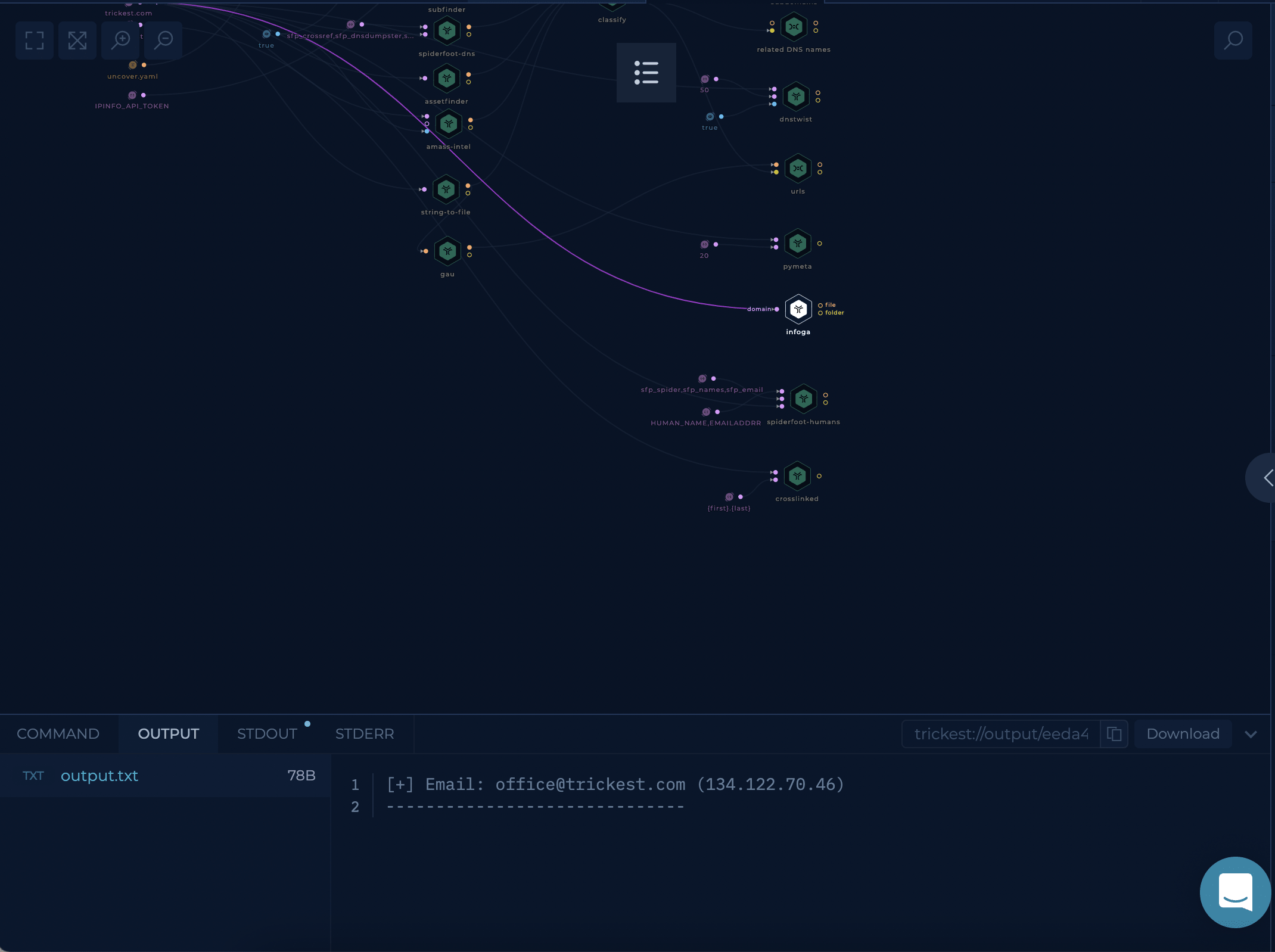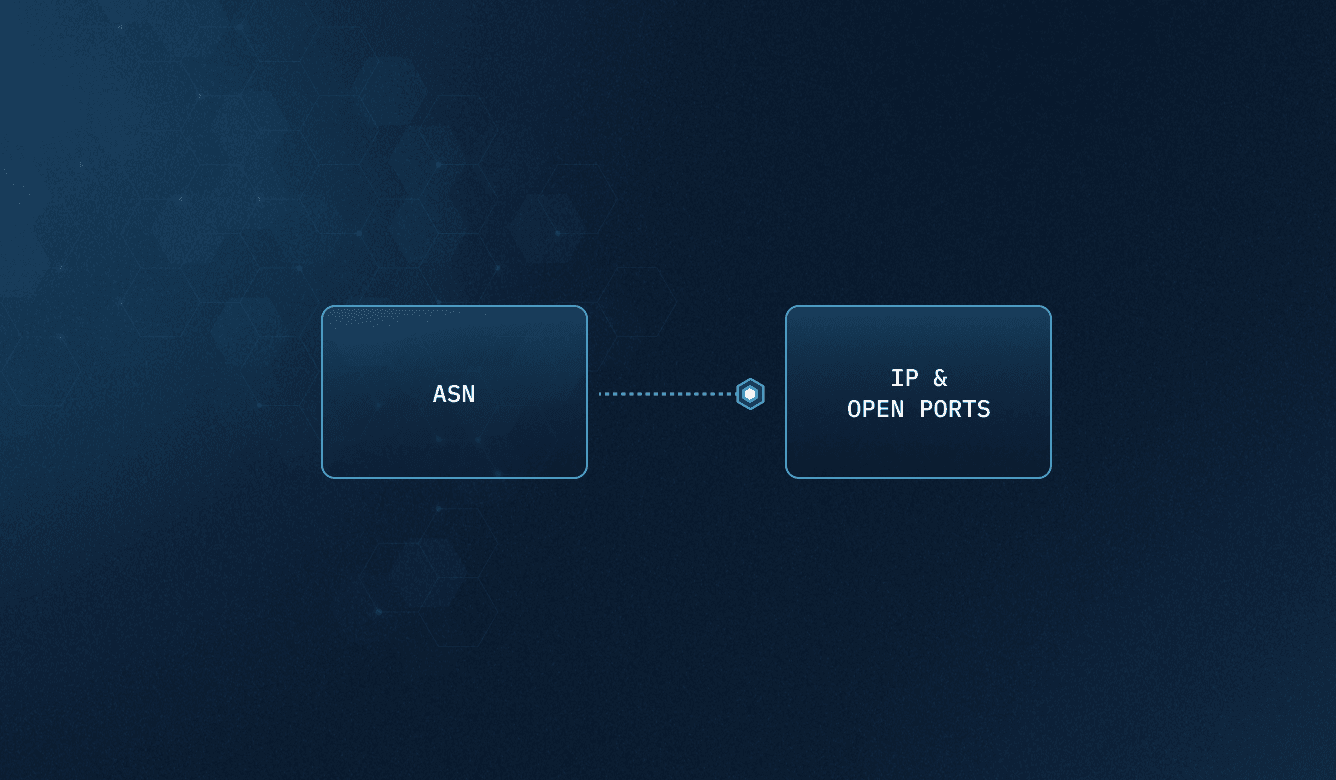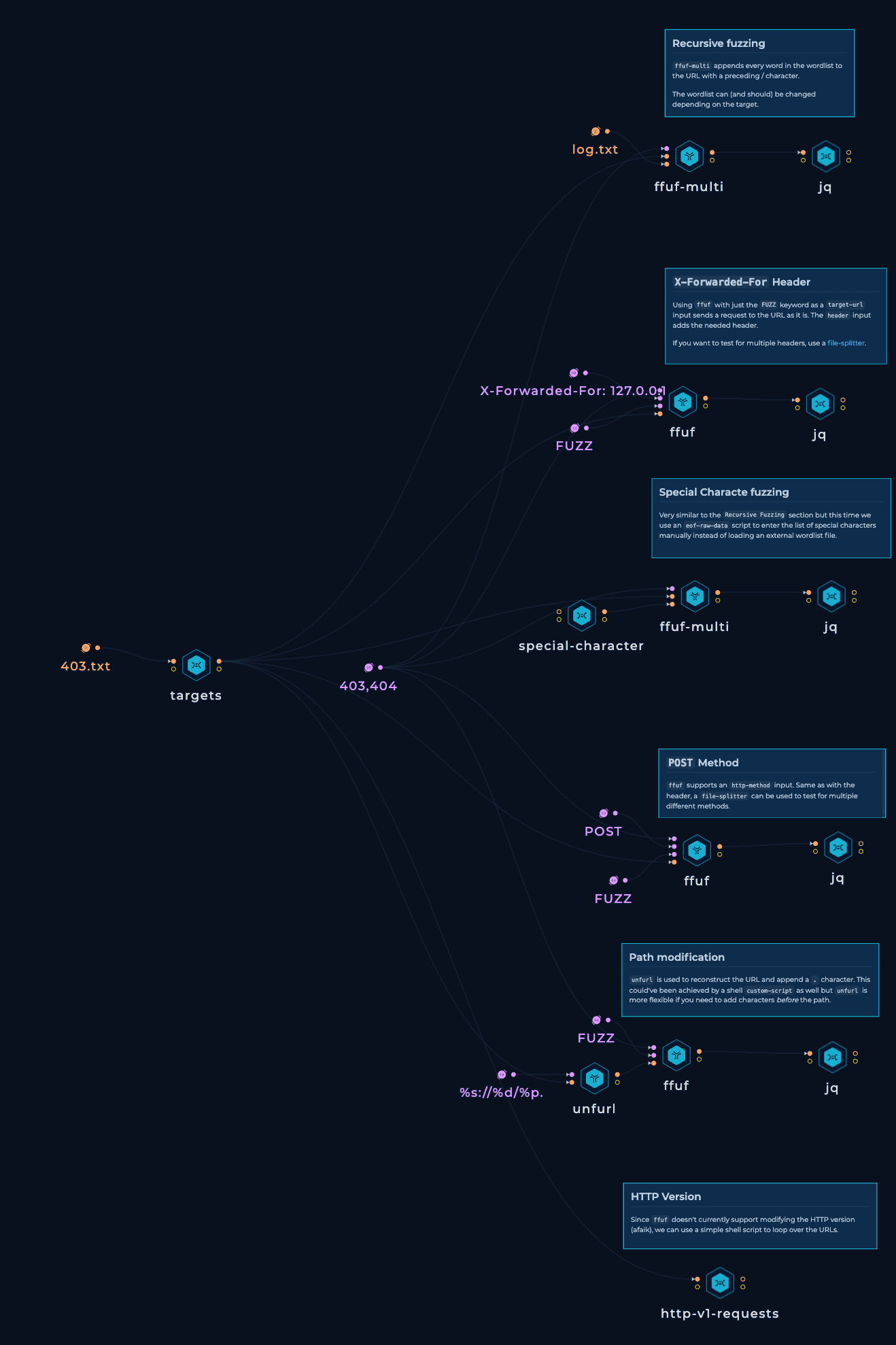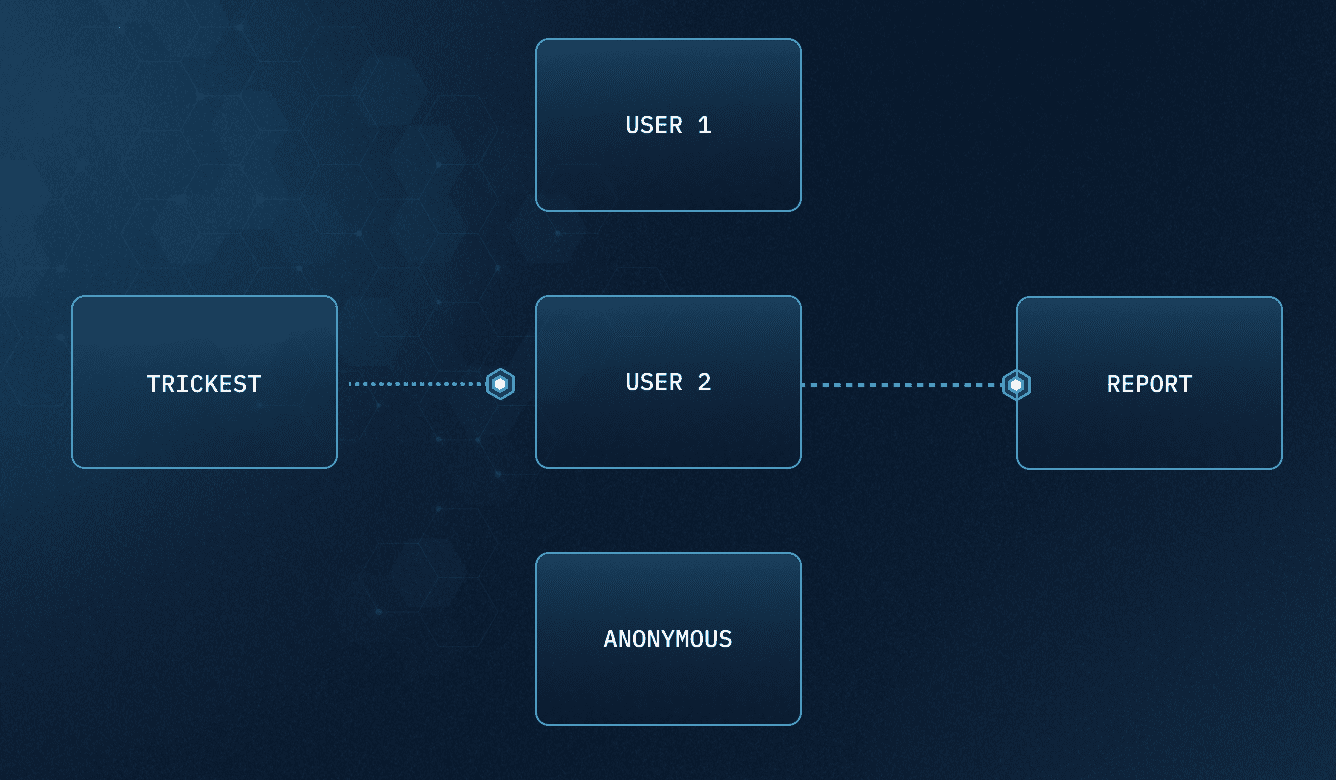Automated penetration testing is a pivotal component of modern cybersecurity strategies. It empowers organizations to proactively identify and remediate security vulnerabilities, ensuring that their digital assets remain protected from potential threats. In this ultimate guide, we will dive into the world of automated penetration testing, exploring what it is, how it differs from manual testing, and the tools that make it all possible. Furthermore, we'll address the question of whether automated penetration testing can entirely replace human penetration testers and discuss the concept of continuous penetration testing.
What is Automated Penetration Testing?
Automated Penetration Testing, often referred to as 'Automated Pentesting,' is a cybersecurity practice that employs software tools and scripts to systematically test the security of an organization's digital infrastructure, applications, and networks. This technique simulates real-world attacks on these systems to discover vulnerabilities malicious actors could exploit. It's an essential part of any robust cybersecurity strategy, offering several advantages.
One of the most important features of automated penetration testing is its ability to mimic a wide range of attack scenarios efficiently. By running automated tests regularly, organizations can identify and address vulnerabilities promptly, thus improving overall security.
What are the differences between manual and automatic pentesting?
Automated penetration testing is a significant departure from traditional manual penetration testing. Understanding the differences between these approaches is key to appreciate the value of automation.
Manual Penetration Testing:
- In-Depth Analysis: Manual penetration tests involve human testers who employ their expertise to identify vulnerabilities through a comprehensive examination of systems.
- Time and Resource-Intensive: Manual testing is often a time-consuming process, making it suitable for periodic evaluations rather than continuous monitoring.
- Customized Scenarios: Human testers can develop unique attack scenarios tailored to an organization's specific needs.
Automated Penetration Testing:
- Efficiency and Speed: Automation significantly accelerates the testing process, allowing for frequent, rapid scans of an organization's assets.
- Scalability: Automated tools and workflows can scan a vast number of targets simultaneously, making them suitable for large-scale assessments.
- Pre-built Workflows: Automated penetration testing tools frequently come with predefined workflows for standard tests, simplifying common security evaluations.
Automate Your Penetration Testing with Trickest
In the dynamic field of penetration testing, professionals often find themselves bogged down by repetitive, time-consuming tasks. From setting up infrastructure to running command line tools and scripting routine operations, these tasks can be draining and take away from the creative aspects of the job. This is where Trickest, an Offensive Security Orchestration Platform, steps in as a transformative solution for penetration testers and ethical hackers.
Trickest revolutionizes the traditional penetration testing process by offering a powerful platform that replaces repetitive manual tasks with automated, efficient workflows. This guide will highlight how Trickest liberates security professionals from everyday tasks, allowing them to focus on the creative side of identifying and exploiting vulnerabilities.
With Trickest, users can have on click the power of a rich library of over 300 open-source offensive security tools, all integrated into an intuitive, visual workflow builder. This low-code environment enables users to easily create, manage, and execute custom methodologies and integrations without the hassle of extensive scripting.
Key offerings of Trickest in the field of automated penetration testing include:
- Building, customizing, and managing penetration testing workflows with ease, thanks to the Visual Offensive Security Orchestration Framework.
- Accessing the free Library of tools and pre-built workflowsfor a variety of security tasks, from vulnerability detection to attack surface management.
- Enjoying the benefits of a hyper-scalable execution engine and managed cloud infrastructure, which handles the complexities of setup and maintenance.
- Collaborating effectively with teams and sharing workflows and results for collective problem-solving and knowledge exchange.
- Taking advantage of Custom Solution Engineering for tailored security solutions that meet specific organizational needs.
Trickest's platform is not just about automation; it's about empowering security teams to operate with greater efficiency, creativity, and impact. It offers a new way of conducting penetration tests – one that is faster, more reliable, provides better results, and is more adaptable to the evolving challenges in cybersecurity.
Explore the magic world of Trickest with our pre-built workflow categories in the Library. Access powerful, ready-to-use workflows instantly – all free and at your fingertips. Let’s dive into these workflows.
Vulnerability Scanning Workflows
Identify potential vulnerabilities hidden within your digital assets and take control of your security posture, proactively managing it.
Here’s only one of the dozens already built workflows you can try now, Scan hosts with Nuclei & Cent:

Get all the open-source templates for nuclei with cent, and scan the list of hosts.
Attack Surface Management Workflows
Navigate the complex landscape of your attack surface, carefully identifying assets to prevent potential risks before they turn into serious threats.
You and your team can test one of the most popular asm workflow Full Subdomain Enumeration:

Employ various effective techniques to list subdomains for a set of domains. Follow the workflow creation process to achieve complete subdomain enumeration.
Threat Intelligence Workflows
Detect a range of potential threat indicators and master the art of proactively managing security risks to prevent disruptions to your systems and operations.
Test Extensive OSINT workflow to gather information on IP addresses, open ports, vulnerabilities, technologies, DNS records, related domains, similar domains, documents, email addresses, and user accounts.

Content Discovery Workflows
There's usually more to assets than meets the eye. These workflows and tools act as your guides, leading you through a profound analysis of your systems and uncovering potential attack vectors.
For example, easily run Ultimate Web Brute-Forcer workflow to get all possible URLs for a web app through js extraction, fuzzing per dir level, wayback archive, remove false positives and do everything in parallel.

Secret Discovery Workflows
With these workflows you can automatically discover exposed API secrets, tokens, passwords, and keys. In a world where teams are constantly rolling out new services, accounts, and code, keeping credentials from being accidentally leaked can be a challenging task.
Search for leaks in Web Servers only by adding input with your live web servers:

Utilities
Some security processes don't fall neatly into a specific category. Whether you're exploring the wealth of publicly available CVE PoCs or crafting custom wordlists attuned to specific tech stacks, here, you'll discover the tools and resources that could be tailored to your unique cases. These utility workflows also offer valuable help to optimize your workflows for the best possible results efficiency.
You can get all the robots.txt files and directories from Alexa's Top 1000 websites with this workflow:

Does automated pentesting replace pentesters?
Automated pentesting has its advantages, but it cannot replace the expertise of a skilled pentester. For companies, pre-built workflows available in the Trickest Library can be used to run standard pentests that may be required for compliance purposes. However, the true potential of Trickest lies in the hands of trained security professionals who can leverage the platform to perform their tasks and use cases with greater efficiency. In short, while automated tools can streamline the process, they are not a substitute for the insight and expertise of a human pentester.
Continuous Penetration Testing
Cyber threats are relentless and ever-evolving, making it essential for organizations to maintain a continuous vigil over their cyber security. This is where continuous penetration testing comes into play. Unlike traditional periodic testing, continuous penetration testing is an ongoing process that ensures your systems are regularly evaluated for vulnerabilities.
The Need for Continuity
In a rapidly changing digital landscape, vulnerabilities can emerge at any time. New software, updates, or configuration changes may inadvertently introduce weaknesses. Cybercriminals are constantly devising new attack methods. To address these challenges, continuous penetration testing offers several advantages:
- Real-Time Risk Mitigation: Continuous testing allows you to identify and address vulnerabilities as they arise, reducing the window of opportunity for potential attackers.
- Adaptation to Change: With regular testing, your security strategy can adapt to the dynamic nature of technology. Whether you're implementing new systems or making updates, continuous testing ensures your defenses stay strong.
- Compliance Requirements: Many industries require regular security testing to meet compliance standards. Continuous testing helps organizations meet these obligations.
Implementation
Implementing continuous penetration testing involves automated tools and workflows that continually scan and assess your infrastructure, applications, and networks. These tools provide real-time insights into potential vulnerabilities and weaknesses, enabling your security team to take immediate action.
Regular reports and alerts are generated, ensuring that your team stays informed about the security status of your systems. This approach not only mitigates risks but also provides an additional layer of assurance to stakeholders, customers, and regulatory bodies.
Check out the Asset Discovery & Vulnerability Scanning workflow for continuous penetration testing on Trickest which you can use immediately:
Uncover hostnames extensively using passive and active methods, enumerate web servers, scan for open ports, and find vulnerabilities, secrets, exposed panels, and more. This workflow even builds upon past findings. Run and schedule it to run regularly to detect new assets continuously. Simply input your domain name, wordlist limit, vulnerability filter, Trickest token, and workflow ID to begin.
Continuous penetration testing with Trickest is indeed a proactive approach to cybersecurity. It complements other security measures such as firewalls, intrusion detection systems, and regular patching. By ensuring that your systems are continuously monitored and assessed, you can stay one step ahead of cyber threats.
Embracing continuous penetration testing demonstrates a commitment to cybersecurity and dedication to safeguarding sensitive data and digital assets. It's a vital component of a comprehensive security strategy that organizations can't afford to overlook.
Open-source penetration testing tools
Open-source penetration testing tools play a central role in the world of ethical hacking and security assessments. They are fundamental for scanning and monitoring web applications, networks, and databases, as they continue to evolve in response to ever-changing cyber threats. These open-source tools are a vital resource in automated penetration testing, offering both a foundation and the capacity for innovation to meet the demands of modern security challenges.
They are built by the ethical hacking community, and provide invaluable support to overall security of all organizations and people. Some of the most notable are:
- ZAP: ZAP offers robust URL scanning capabilities, supports API scanning for diverse standards, and streamlines tasks through YAML-based automation.
- Nuclei: A highly customizable vulnerability scanner with broad protocol support, focusing on swift scans and hosting a repository of templates from 300+ security experts.
- Sqlmap: Renowned for automating SQL injection flaw detection and database server exploitation, enhancing the efficiency of your assessments.
- Nikto: A comprehensive web server scanner evaluating servers for various items, ensuring your web servers meet security standards.
Use these and hundreds of other most used open-source tools to create customized workflows on Trickest that suit your specific use cases. Register to run automated penetration testing occasionally or on schedule.
FAQ
What is Penetration Testing?
Penetration testing, often called "pen testing," is a cybersecurity practice that simulates real-world attacks on IT systems to discover weaknesses that hackers could exploit. It's a vital method modern organizations employ to enhance their cybersecurity posture and prevent data breaches.
What’s the Difference Between Penetration Testing and Vulnerability Scanning?
Penetration testing involves simulating real-world cyberattacks to identify system weaknesses actively. Vulnerability scanning, on the other hand, focuses on automatically discovering and categorizing vulnerabilities within a system without actively exploiting them. Both methods play important roles in a comprehensive cybersecurity strategy.
What Types of Penetration Testing Exist?
There are several types of penetration testing, each tailored to different aspects of an organization's security: Network Penetration Testing, focusing on identifying weaknesses in network infrastructure, whether on-premises or in cloud environments. Web Application Penetration Testing, aiming to uncover vulnerabilities in web applications such as e-commerce platforms, content management systems, and customer relationship management software. Cloud Penetration Testing, specific to cloud environments, assessing security in the cloud, not the security of the cloud. Social Engineering, exploiting human psychology to compromise security, often using tactics like phishing or in-person infiltration. Red Teaming, involving real-life attack scenarios that challenge an organization's security, policies, and plans. Each type serves a unique purpose in strengthening an organization's cybersecurity defenses.
How Long Does an Automated Vulnerability Scan Take?
The duration of an automated vulnerability scan varies depending on factors such as the complexity of the system and the size of the network. However, automated scans are typically faster than manual assessments, enabling organizations to receive results promptly.
Do I Need Automated Penetration Testing?
Automated penetration testing is highly recommended for organizations that want to proactively identify and address vulnerabilities in their systems efficiently. It complements manual testing and is especially beneficial for continuous monitoring. What Are the Three Types of Penetration Testing? The three common types of penetration testing are Black Box, Gray Box, and White Box testing. These terms refer to the level of information provided to testers before an engagement. However, it's essential to define the specifics of what information will be shared, as these terms can be unclear.
Why Should You Automate Penetration Testing?
This guide provides a comprehensive overview of automated penetration testing and its significance in modern cybersecurity practices. With the right tools and workflows, organizations can efficiently safeguard their digital assets from ever-evolving threats, ensuring robust security.







